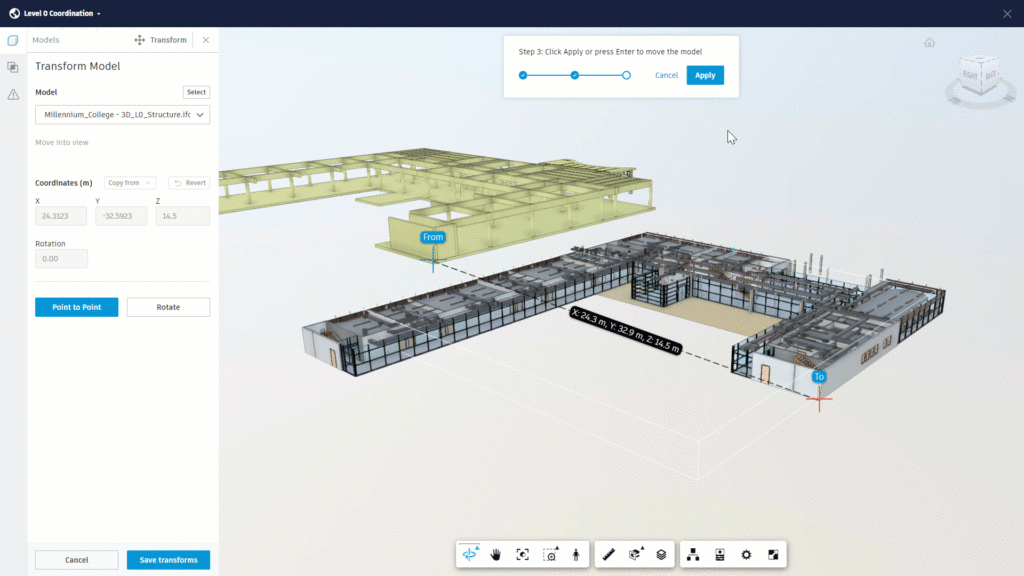
She now has five years of experience with Inventor. She started supporting core AutoCAD and network installations of all Autodesk products. Manufacturing Technical Support SpecialistJoanna has over eight years of experience working with Autodesk products.

I showed this to Philippe Leefsma and Jeremy Tammik before leaving San Francisco on Friday, who suggested getting the information posted somewhere. So aside from being a convenience – we could upload and translate a single NWC file, rather than dealing with multiple RVT files – we also get room objects and associated information in the model and its properties. There’s a reason this works, it seems: because the Revit model we used as a basis was actually comprised of multiple RVT files, we decided to aggregate it into a single NWC file – an export option from Revit – before importing that into our Viewer scene.įrom talking to a few developers, this seems to be the important step: Navisworks has the concept of rooms and brings this along when imported into Forge. Last week I showed a demo during our “Autodesk Research and IoT” session, which showed room-centric navigation built into the Viewer. Which presents a challenge for developers who want to work at the room level. The problem appears to be that RVT files – when translated and loaded into the Viewer – do not have the concept of room objects: they’re just spaces.

This question has come up more than a few times over the last year or so: I remember a number of Revit developers hitting it when creating Viewer applications at the accelerators in Munich and Prague, for instance.


 0 kommentar(er)
0 kommentar(er)
